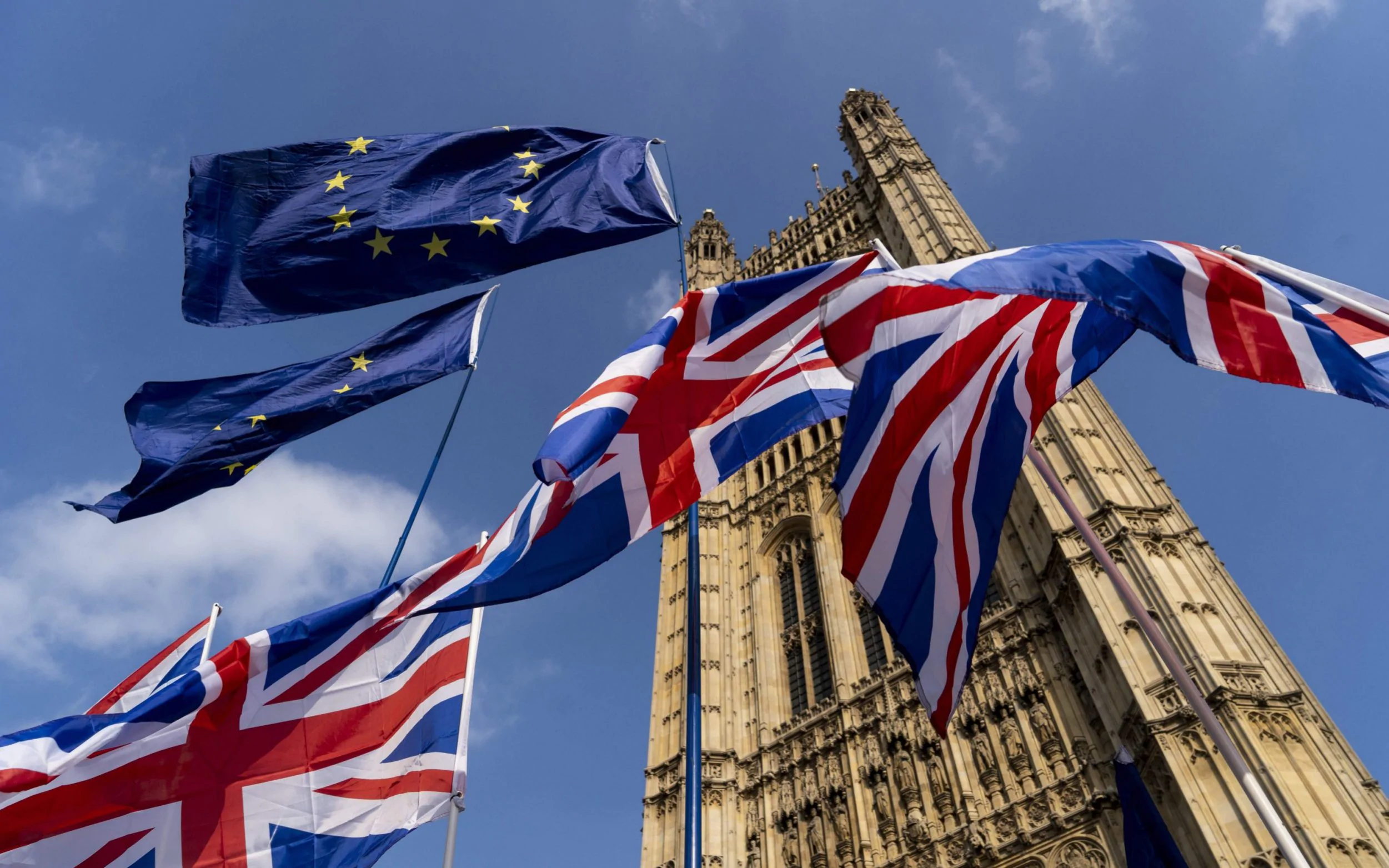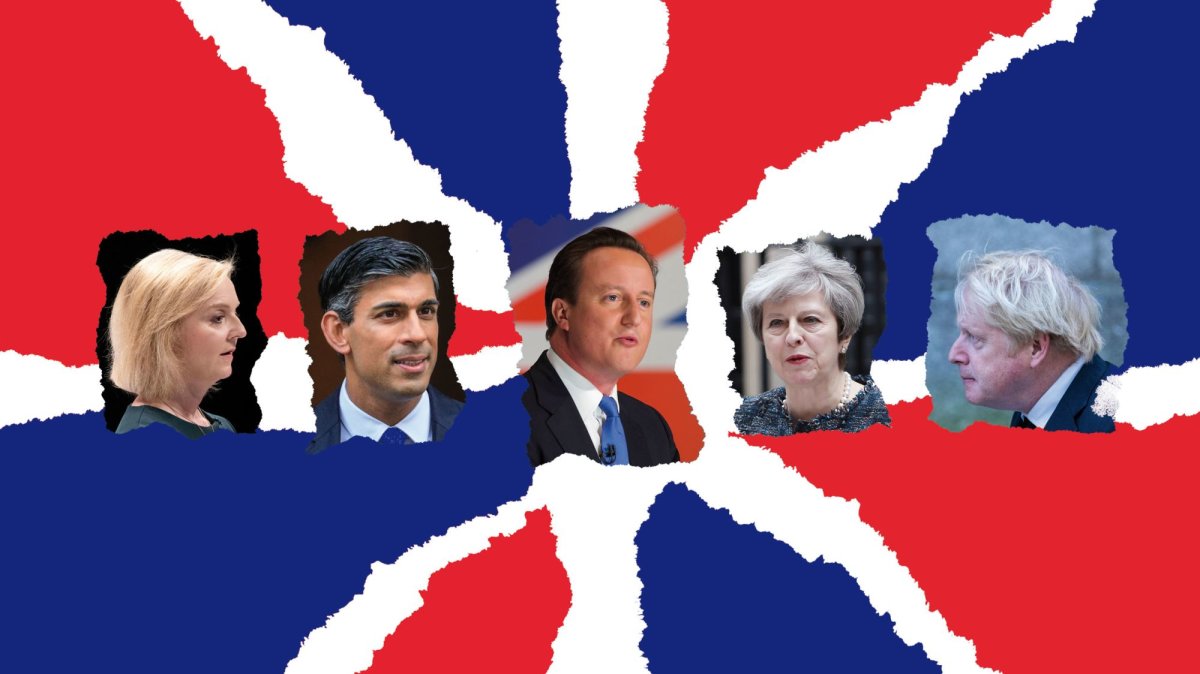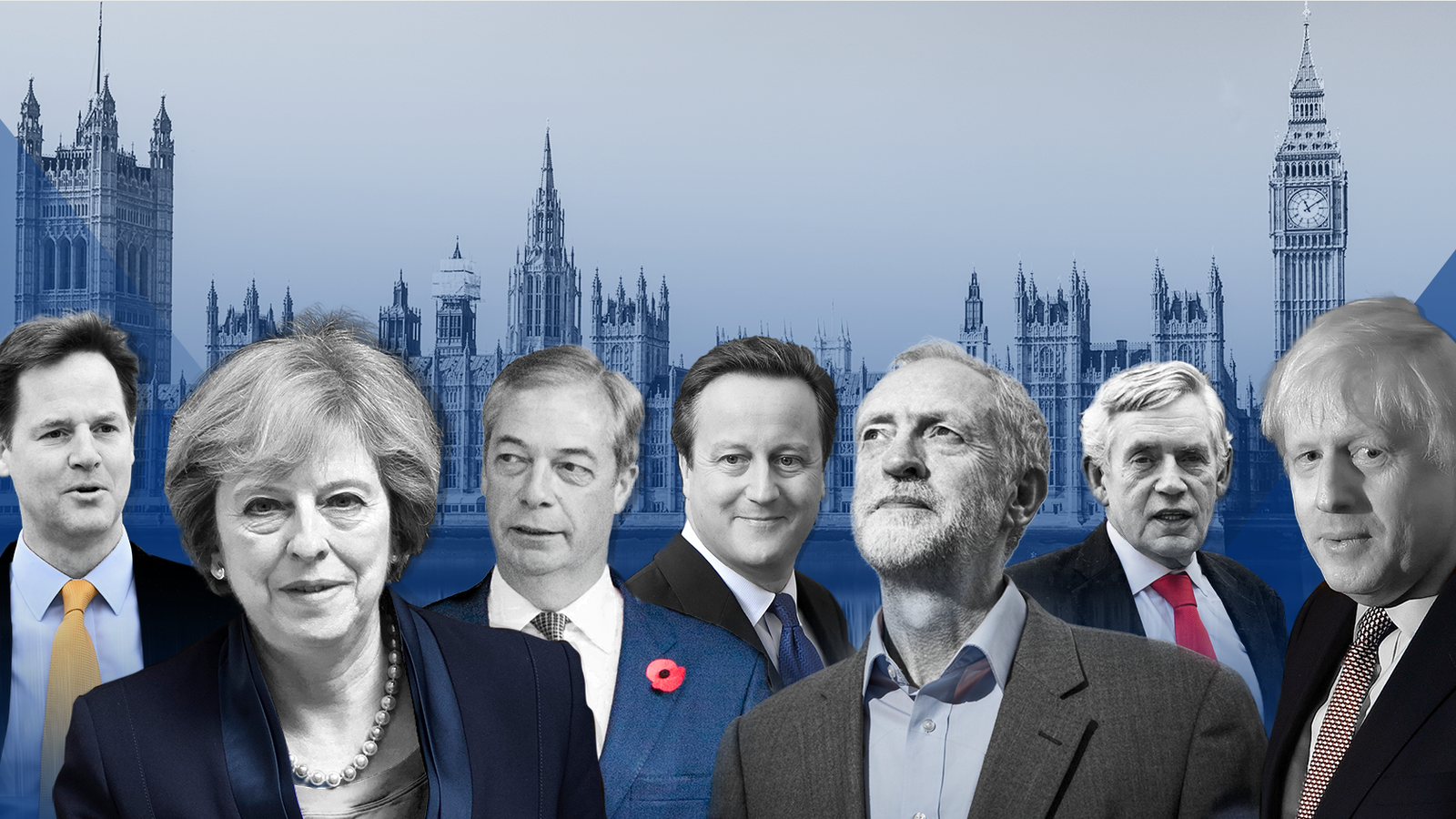Demographic shifts have always played a significant role in shaping political landscapes, and the UK is no exception. As the population evolves in terms of age, ethnicity, education, and location, so too do voting patterns, political preferences, and ultimately, election results. In recent years, these demographic changes have had a profound impact on the outcomes of UK elections, influencing not only which political party gains power but also the issues that dominate campaign platforms.
This article delves into the major demographic shifts currently affecting UK elections and examines how they shape the political landscape.
The Age Divide: Older vs. Younger Voters
One of the most significant demographic factors influencing UK elections is age. Generally, older voters are more likely to lean toward the Conservative Party, while younger voters tend to support Labour, the Liberal Democrats, or the Green Party. The reasons for this age divide are multifaceted.
Older voters, particularly those over 65, often prioritize issues such as pensions, healthcare, and immigration. They also tend to have more conservative views on social and cultural issues, which align with the policies of the Conservative Party. On the other hand, younger voters, particularly those aged 18 to 34, are more likely to prioritize issues such as climate change, affordable housing, and social justice, aligning more closely with Labour and other progressive parties.
This age divide was starkly visible during the 2017 and 2019 general elections. In 2019, 62% of voters aged 65 and over supported the Conservatives, while 56% of voters aged 18 to 24 backed Labour. As the population continues to age, the older demographic has gained more electoral influence. However, the growing political engagement of younger voters, especially through social media and activist movements, is balancing the scales to some extent.
Ethnic Diversity and Voting Patterns
The ethnic makeup of the UK has changed significantly over the past few decades, with minority groups growing in size and political influence. According to the 2021 census, around 18.3% of the UK population identifies as belonging to an ethnic minority group, up from 14% in 2011. This growing diversity is reflected in voting patterns, with ethnic minority voters traditionally more likely to support Labour than the Conservatives.
Historically, Labour has been more successful in appealing to ethnic minority voters by promoting policies around social equality, anti-discrimination, and welfare support. For example, 77% of Black British voters supported Labour in the 2017 general election, compared to just 15% who voted for the Conservatives. Among British Asians, Labour also secured a majority, though their lead was smaller, reflecting the diversity of political opinions within ethnic groups.
However, the relationship between ethnicity and voting is not static. The Conservative Party has made efforts to appeal to ethnic minority voters, particularly among British Asians, through policies on entrepreneurship, education, and family values. This outreach has seen some success, with a growing number of ethnic minority voters now supporting the Conservative Party, though Labour remains the dominant choice within these communities.
As the UK’s ethnic diversity continues to increase, political parties will need to address the specific needs and concerns of these communities to win their support. Issues such as immigration reform, police accountability, and racial inequality are likely to become even more prominent in future election campaigns.
The Urban-Rural Divide
Another key demographic shift shaping UK election results is the growing divide between urban and rural areas. Urban areas, particularly London, Manchester, and Birmingham, tend to lean towards Labour, the Liberal Democrats, or the Green Party, while rural areas are more likely to support the Conservatives. This divide is largely driven by differences in economic opportunities, cultural attitudes, and access to services.
In urban areas, voters are more likely to be younger, ethnically diverse, and highly educated. They tend to prioritize issues such as public transportation, affordable housing, and climate action—issues often championed by Labour and other progressive parties. In contrast, rural voters are typically older, less ethnically diverse, and more likely to work in agriculture or small businesses. They are more likely to prioritize issues such as land use, rural infrastructure, and local government autonomy, which align more closely with Conservative policies.
The urban-rural divide has been particularly pronounced in recent elections. In the 2019 general election, Labour won 49% of the vote in London, compared to just 28% for the Conservatives. In contrast, the Conservatives won 47% of the vote in rural areas, compared to just 29% for Labour. As the population continues to concentrate in cities, urban areas are becoming more politically powerful, which could lead to shifts in the policies political parties prioritize.
The Education Factor
Education is another demographic factor that significantly influences voting behavior. In recent years, voters with higher levels of education have become more likely to support Labour or the Liberal Democrats, while those with lower levels of education are more likely to support the Conservatives.
This trend was particularly visible in the 2016 EU referendum, where 68% of voters with a university degree voted to remain in the EU, while 70% of voters with no qualifications voted to leave. The education divide has persisted in subsequent general elections, with Labour and the Liberal Democrats performing better among graduates and the Conservatives performing better among voters without a degree.
The reasons for this divide are complex, but they often relate to differences in economic and social attitudes. Graduates tend to work in professions that benefit from globalization and technological innovation, making them more supportive of policies that promote international cooperation and social liberalism. In contrast, voters without a degree are more likely to work in industries that have been negatively impacted by globalization, such as manufacturing and agriculture, leading them to support policies that prioritize national sovereignty and economic protectionism.
As the proportion of the population with a university degree continues to rise, this education divide could have a significant impact on future election results. Political parties will need to balance the interests of highly educated urban voters with those of less educated rural voters to maintain broad electoral appeal.
Conclusion
Demographic shifts are reshaping the political landscape in the UK, with age, ethnicity, education, and geography all playing a significant role in determining voting behavior. These shifts present both challenges and opportunities for political parties. To succeed in future elections, parties will need to adapt their policies to address the diverse concerns of an evolving electorate.
As the UK becomes more urbanized, ethnically diverse, and educated, the issues that dominate election campaigns are likely to change. Climate action, social justice, and economic equality may become more prominent, while traditional issues such as national security and immigration may take a back seat. Political parties that can effectively navigate these demographic shifts will be best positioned to win future elections.











